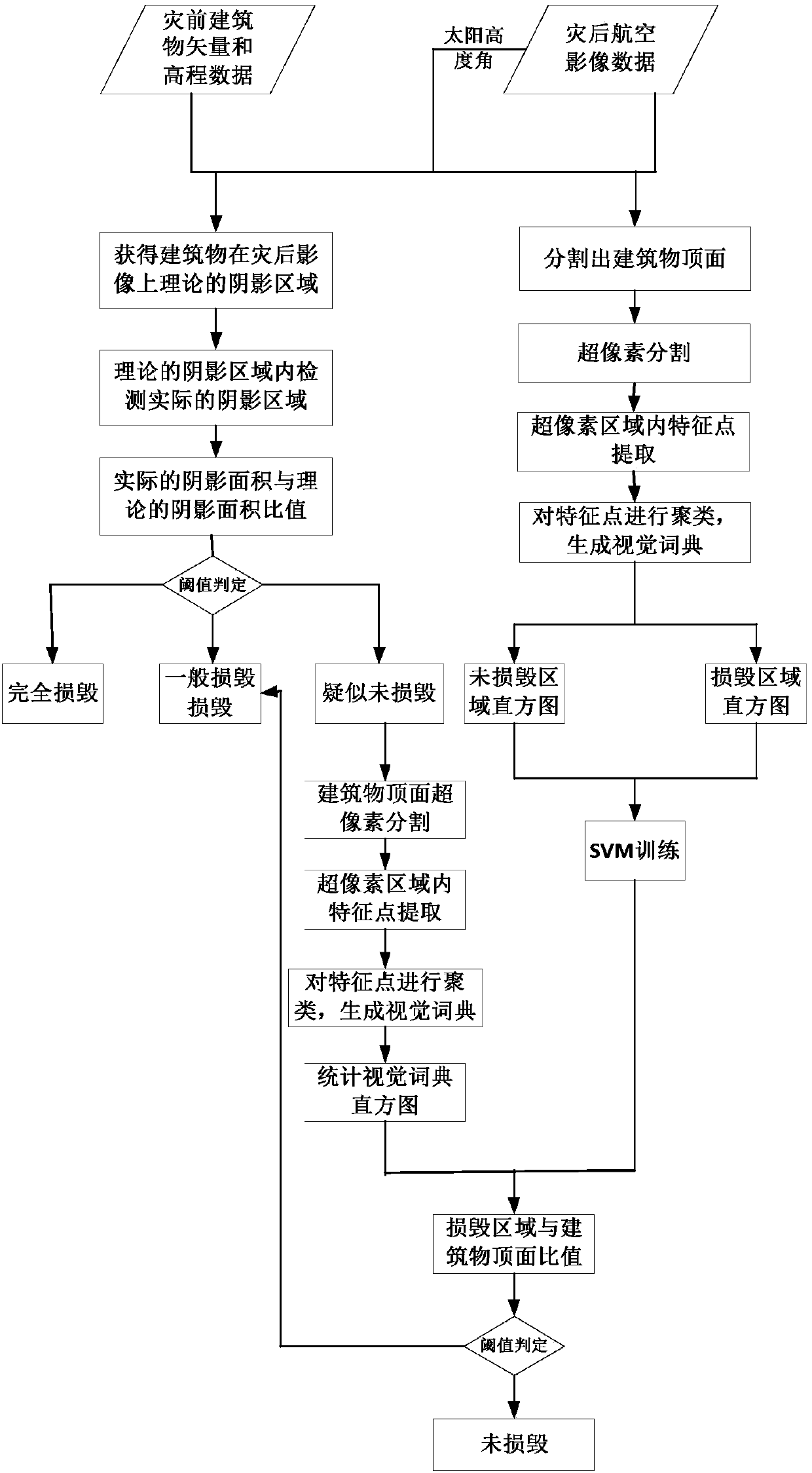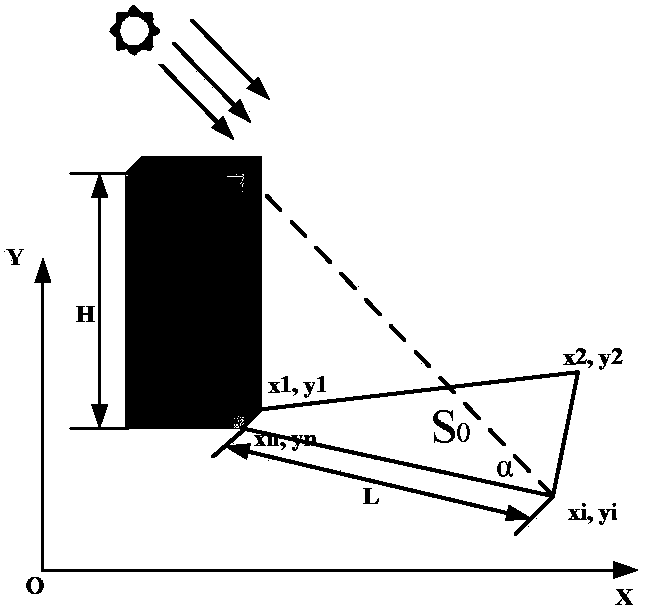A Method of Building Damage Detection in Aerial Imagery Based on Shadow and Texture Features
An aerial image and texture feature technology, applied in image analysis, image enhancement, image data processing, etc., can solve problems such as complex, difficult to have multi-temporal LIDAR data, and small size of stereo image pairs
- Summary
- Abstract
- Description
- Claims
- Application Information
AI Technical Summary
Problems solved by technology
Method used
Image
Examples
Embodiment Construction
[0051] In order to facilitate the understanding and implementation of the present invention by those of ordinary skill in the art, the present invention will be further described in detail below with reference to the accompanying drawings and embodiments. It should be understood that the implementation examples described here are only used to illustrate and explain the present invention, and are not intended to limit this invention.
[0052] The aerial image building damage detection method under the fusion of building shadow and texture features provided by the present invention is to first estimate the theoretical shadow area of the building on the image by using the vector data and elevation data of the building before the disaster and the sun altitude angle, and then In the shadow theory area, the actual shadow is detected by the constrained color invariance, and the actual shadow area of the building is obtained. Then, the damage level of the building is obtained accordin...
PUM
 Login to View More
Login to View More Abstract
Description
Claims
Application Information
 Login to View More
Login to View More - R&D
- Intellectual Property
- Life Sciences
- Materials
- Tech Scout
- Unparalleled Data Quality
- Higher Quality Content
- 60% Fewer Hallucinations
Browse by: Latest US Patents, China's latest patents, Technical Efficacy Thesaurus, Application Domain, Technology Topic, Popular Technical Reports.
© 2025 PatSnap. All rights reserved.Legal|Privacy policy|Modern Slavery Act Transparency Statement|Sitemap|About US| Contact US: help@patsnap.com



